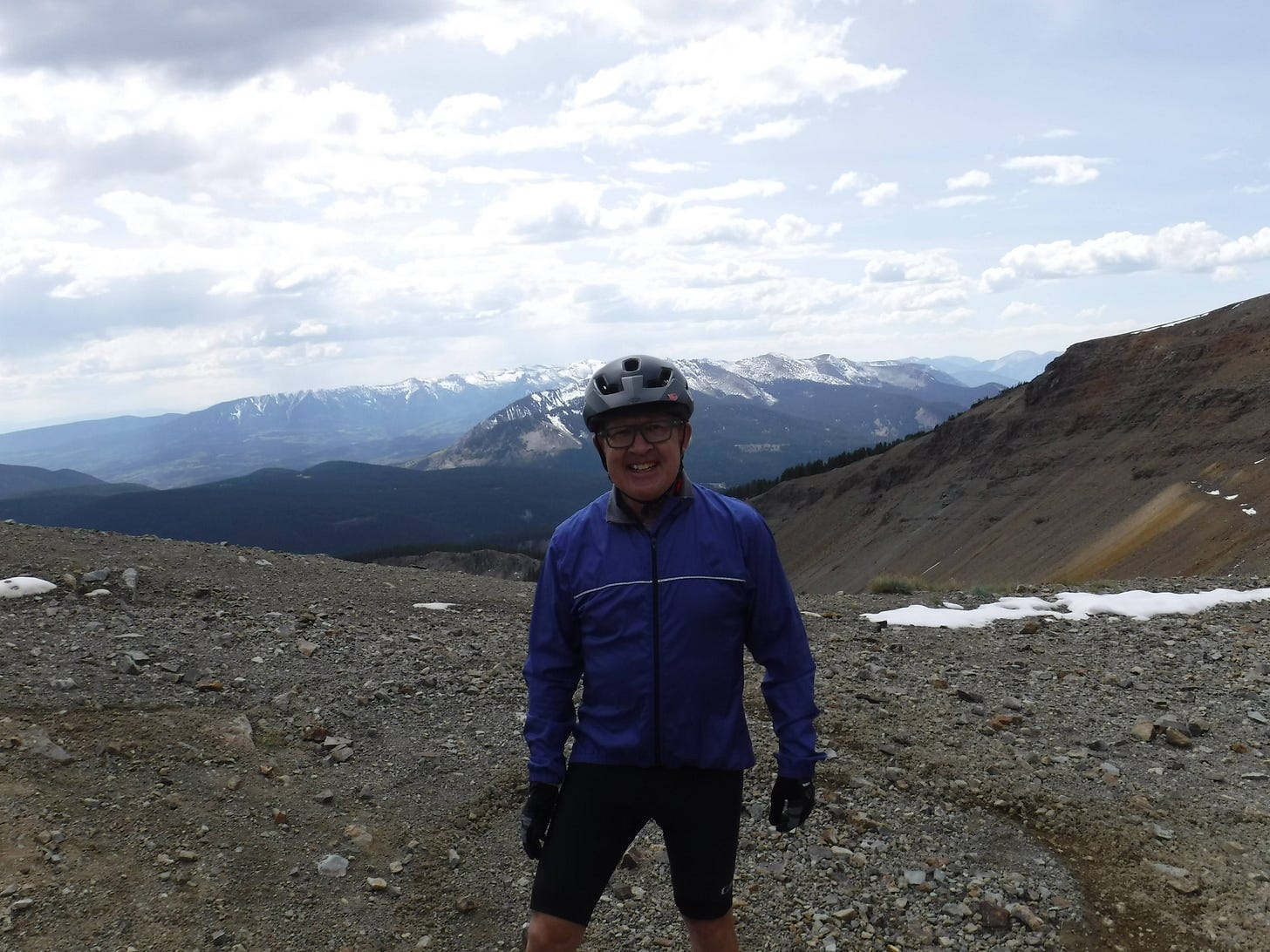When my Mountain Biking is a Political Act column made its way around the internet world of mountain biking, it included the offices of Dave Wiens, Executive Director of IMBA, and Ted Stroll, Founder and President of the Sustainable Trails Coalition (STC). I reached out to them and both were very welcoming of conversation and were easy to talk with, resulting in both of them agreeing to answer a few questions and having their responses posted here at MTBeer.
What is below is their words without any edits. To get it started, the questions are a way to get to know them as mountain bikers and then shed a little light on their organizations and what they are working on at this time. This is part one of four for 2021. HUGE thanks to both Dave and Ted for doing this.
First up is Ted, followed by Dave:
1. Complete the sentence. My first mountain bike was a … (make/model/color, etc)
Kästle Randonnée Pro, orange, yellow, and white (1991).
2. What’s a favorite trail/destination that isn’t in your backyard?
Rossland, B.C.
3. Not easy to do, but pick the one mountain bike technological innovation you are most thankful for?
Dropper seatpost.
4. What was your most recent post-ride beer?
I don’t drink after bike rides.
5. Given the new presidential administration and new Congress, what are STC’s top 3 advocacy priorities over the next 2 years?
(a) Continue to work with federal lawmakers on restoring reasonable bicycle access to Wilderness and managed-as-Wilderness areas.
(b) Monitor legislation proposing new Wilderness areas for cases where it would cause trail losses.
(c) Work with the Forest Service and Interior department on how access would work, so as to preserve current users’ reasonable expectations of a Wilderness experience while allowing bicycle access.
********************
1. Complete the sentence. My first mountain bike was a … (make/model/color, etc)
My first "mountain bike" was a Trail Mate 5-speed beach cruiser with side pull brakes. While I intended it to be a mountain bike, it wasn't quite. It didn't stop well. I did take it bikepacking in 1982, that's a story of its own. That frame eventually had posts brazed on for cantilever brakes front and rear and then we were off to the races. Sort of. My first "real" mountain bike was a 1985 Stumpjumper that was a size too big for me. There were no bike fit studios back then. I don't recall the original color of the Trail Mate, but we painted it flat black one night when I was in college. The Stumpy was a deep metallic blue, a gorgeous bike. I still have it.
2. What’s a favorite trail/destination that isn’t in your backyard?
My wife Susan and I had a blast exploring around the Rico, Colorado area. It's pretty rough and tumble there, no spoon fed mountain biking in sight. Another favorite is the Sidewinder Trail near Olathe, Colorado and we previewed the final 15 miles of the Palisade Plunge near Grand Junction in September, an amazing trail. The Colorado Plateau Mountain Bike Trail Association (COPMOBA) and their chapters are doing really nice work from Grand Junction to Ouray. Cedar City, Utah and the surrounding area is on our list once Covid subsides and we can extend our range. The Iron Range area looks fantastic.
3. Not easy to do, but pick the one mountain bike technological innovation you are most thankful for?
My knee jerk reaction is to stampede straight for the dropper post. I love the 1x drivetrain but could live without it if I had to. I'm not so sure I could live without low-pressure tubeless tires and disc brakes, though. Tough question. I'm glad that's all it is!
4. What was your most recent post-ride beer?
The dark Mexican Style Lager by Ska Brewing in Durango. It's the winter alternative to their summer favorite, the Mexican Logger.
5. Given the new presidential administration and new Congress, what are IMBA’s top 3 advocacy priorities over the next 2 years?
Our Government Affairs team is concentrating on three focus areas: Building our advocacy network to have a stronger grassroots presence; engaging in the legislative process on key bills that improve access for mountain bikers; and working with the new administration to ensure agencies are prioritizing outdoor recreation and that recreation projects have robust funding. We look forward to hosting more advocacy workshops with mountain bikers, helping communities connect the dots to find funding for trails, and to advancing bills in Congress that expand more trails close to home—such as the Bonneville Shoreline Trail Advancement Act that would add mountain bike trails in Utah’s growing Salt Lake Valley.







